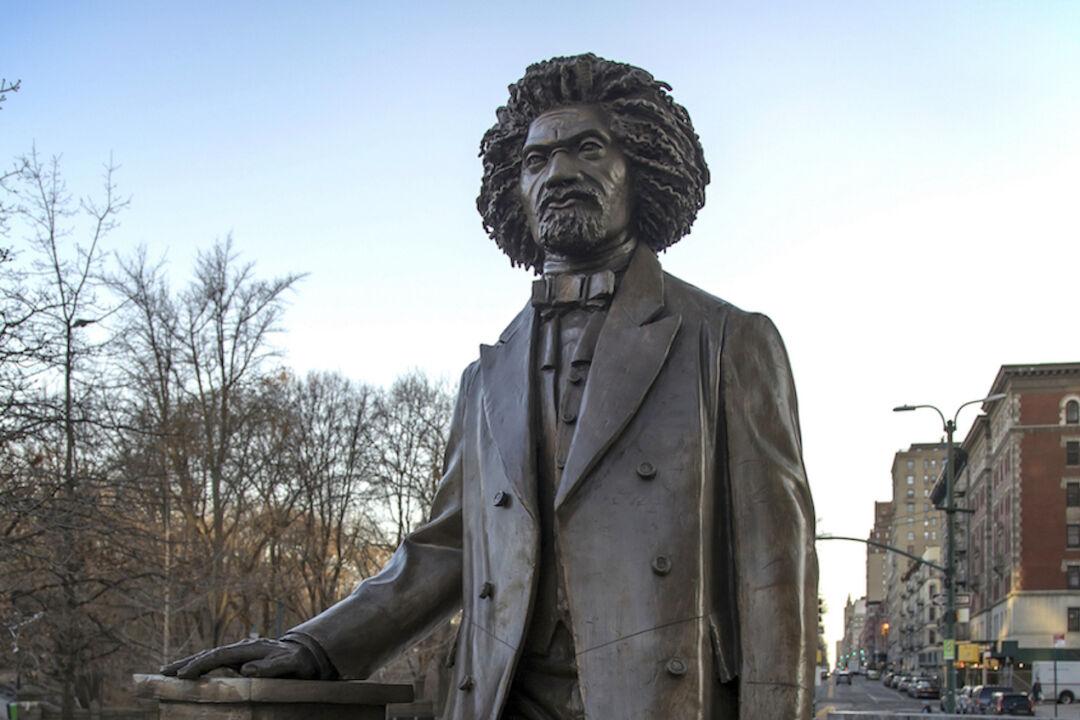Art is so much more than paintings or sculptures.
“We look forward to taking time in February to explore art as a platform for understanding history, struggle, social justice and triumph,” said Kevin Young, the Smithsonian’s National Museum of African American History and Culture’s Andrew W. Mellon director. “In doing that, we will put the spotlight on paintings, sculpture, photographs and fiber works that were made to mobilize people to create a better world by harnessing the power of protest, defiance and resilience.”
February, of course, is Black History Month and this year’s theme is “African Americans and the Arts.” You will find exhibits, performances, special tours and more across the country. Heading to Orlando? Take in special performances. Stop in at Orlando City Hall to see The African Americans and the Arts Exhibition ( Feb. 2 through March 31 ) at the Terrace Gallery, a chance for local artists to highlight African American history.
Arts take many forms. At the National Museum of African American History and Culture, for example, Black History Month also features the Black History Month Chef’s Table Series (Fridays from noon to 3 p.m.) at the Sweet Home Café with guests enjoying special menus created by guest chefs who will tell stories from their heritage through food. The museum’s “ NMAAHC Kids Learning Together” program, providing an opportunity for kids to virtually meet Black beekeepers, a Black scuba diver and a Black rock climber. All “NMAAHC Kids” programs are free with advance registration.
The National Postal Museum has a virtual exhibit showcasing the American Black Experience through American postage stamps. See the “Soul of Black Folks” exhibit at The Denver Art Museum, where there will be a special poetry slam on Feb. 13.
In New York, the Brooklyn Museum of Art’s new “Giants” exhibit (opening Feb. 10) features the art collection of Alicia Keys and Kasseem Dean (the Grammy-winning rapper known as Swizz Beatz), featuring works by Black diasporic artists, including monumental works by creators Derrick Adams, Arthur Jafa and Meleko Mokgosi. The hope is the exhibition will encourage “giant conversations” inspired by the works on view—critiquing society and celebrating blackness.
The Harlem Renaissance and Transatlantic Modernism opens Feb. 25 at The Metropolitan Museum of Art, including some 160 works highlighting how Black artists have portrayed everyday life in the post-Great Migration from the segregated rural South to Harlem, Chicago’s South Side and beyond. Families will see portrayals of their own family’s experience. A significant percentage of the paintings, sculpture, and works on paper on view in the exhibition come from the extensive collections of Historically Black Colleges and Universities (HBCUs).
See what your local museums and city may be doing to celebrate Black artists. Seek out special performances, tours, and exhibits. Philadelphia, for example, is celebrating with special programming at the African American Museum and the Franklin Institute, as well as special performances at the Academy of Music. Take a Black Journey tour where you will hear often untold stories of some of America’s prominent early Black leaders. Explore the historic Betsy Ross House during the family-friendly Meet the History Makers event. Costumed actors recount amazing stories about prominent members of colonial Philadelphia’s free Black community (Saturdays) and Once Upon a Nation Storytellers and share tales of the Black experience in 18th-century Philadelphia (Sundays). Black History Month events at the Betsy Ross House are free to attend.
In Detroit, the Henry Ford Museum of American Innovation celebrates Black musicians, dancers, poets and plays during weekend celebrations. This year marks the 60th anniversary of the landmark 1964 Civil Rights Act. Debuting Feb. 22 is the first installation in a three-part pop-up exhibit reflecting on why the act was needed.
The Black History Month tradition was actually established in Chicago in 1926 by Dr. Carter G. Woodson, considered the “Father of Black History.” This year, celebrate with museum exhibits, concerts and more. For example, the Chicago History Museum’s Remembering Dr. King focuses on his time in Chicago in the 1960s. (Join a Black History Family Event, including music and crafts Feb. 24.)
Besides the Smithsonian museums, the nation’s capital is packed with ways to honor the African American experience at museums and memorials (including of course the Martin Luther King Jr. Memorial and the Lincoln Memorial where King delivered his “I Have a Dream” speech and where opera singer Marian Anderson performed in front of 75,000 people when she was denied the chance to perform at Constitution Hall because of her race.
In February, the Arena Stage will celebrate the struggle of Anna Julia Cooper, a Black teacher who fought for educational equity at the turn of the 20th century while the National Portrait Gallery celebrates Frederick Douglass, activist, writer, speaker, and adviser to President Lincoln. Enjoy a meal prepared by Black chefs at one of the many Black-owned restaurants.

Families love to visit living history museums, including Colonial Williamsburg and Jamestown Settlement and—the American Revolution Museum at Yorktown. See the 2024 Black Artist Showcase all February at Jamestown Settlement in conjunction with “After Angelo,” an annual program celebrating African American performance, art, culture and community. The program honors the legacy of one of the first African women mentioned by name in the historical record of Jamestown. Period artifacts and immersive films and exhibits share historical accounts of the first documented Africans to Virginia in 1619, their homeland in Ndongo (Angola), life in the Virginia colony, development of the transatlantic slave trade and the evolution of a new African American culture. (A Tip: History at Home is a great bet for virtual museum experiences, including games, quizzes, apps and more.)
Colonial Williamsburg, meanwhile, offers special programs to go along with their year-round programming on the contribution of Blacks to Colonial America. Take a tour of museum galleries to explore art created by Black American artists and artisans at the “I Made This…” exhibit. Take in a musical as seen through the poetry of Phillis Wheatley, an enslaved woman and poet.
Enjoy!







